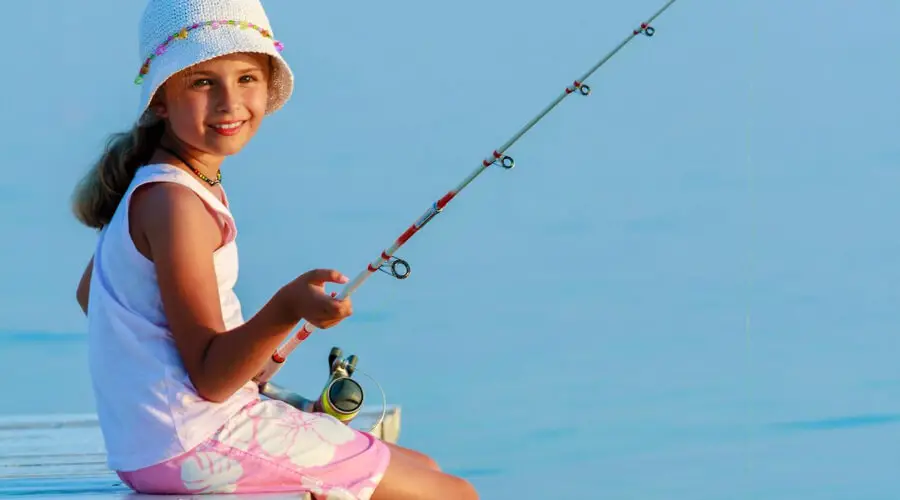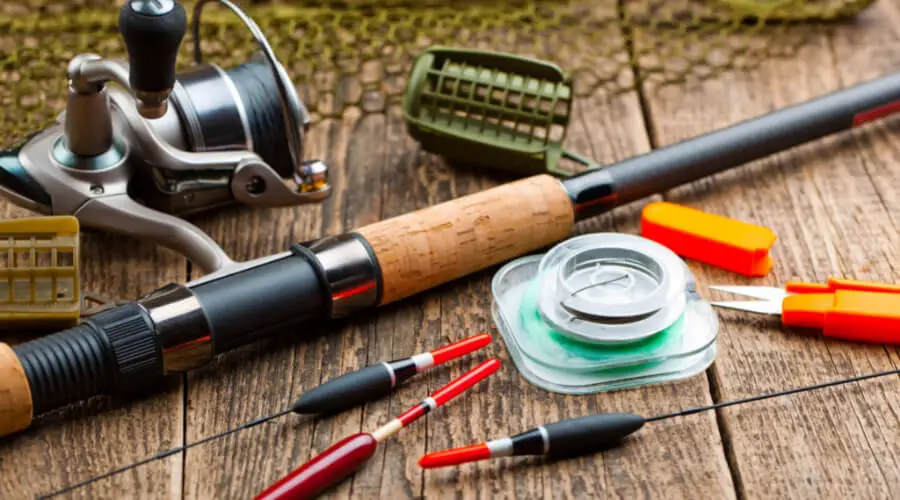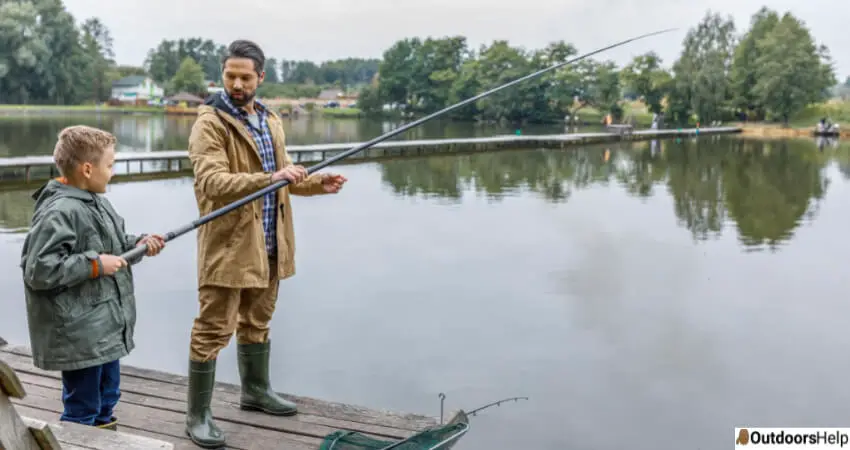Fishing is a beautiful thing to do during your free time. So, if you do not know how to fish, then it is the best opportunity for you to learn. Fishing like any other sport entices the share of a gear freak. That is why it’s necessary to be well equipped with the essential equipment before you go fishing. Here are some of the steps to start fishing.
Step 1:Know the basics

There are fishing basics to familiarize yourself with to get you started. Each is explained below:
License
Before you plan for your fishing expedition, ensure you get a permit for the State where angling will be done. The process of getting one is simple as it can be done online, through fishing shops or convenience stores. The price will vary based on State you’ll be fishing in, but a yearly package is always cheaper than a monthly plan. Do not doubt about investing, it is all worth your time and money.
Location of fishing
If you can get to talk to expert anglers, they will guide you on the ideal location to fish in your State. However, in their absence, you can utilize fishing applications such as FishAngler and Fishbrain. Generally, lakes are perfect places to start fishing due to abundant catch and dock to fish from.
Etiquette
You cannot survive fishing if you do not learn the angling etiquette early when starting. It is about respecting other anglers, caught fish, and the environment you’re fishing in. Adhere to leave-no-trace ethics at all times. Know which kind of lures is acceptable for particular places and which are meant to be caught and released only.
Step 2: Get yourself required gear.

You should not stress yourself much about the equipment. What you need to do is to get yourself a fiberglass, cane, or graphite pole. Also, purchase a small reel of monofilament fishing line. This will depend on where you will be practicing your fishing. For instance, if you are exercising in freshwater, then 6 or 8 pounds is the recommended one. As well, you should not forget to buy a couple of plastic bobbers, some hooks, some split shot sinkers, carrying handles, and small tackle boxes with alienated trays. In doing so, you will be equipped with the necessary equipment for fishing.
Step 3:Get yourself a lure.
You may buy nightcrawlers, cricket, minnows, and redworm at the bait shop. But in case you do not have enough capital to do so, you can catch your own. Finding your own can be more fun than buying. How to pick your bait can be the toughest question you may be asking yourself. But it is simple for crayfish you look at them under stream rocks. Crickets and red worms are found under the leaf litter and logs. However, for minnows, it can be a little challenging because you must use a dip net to capture it.
If you wish to catch saltwater fish, then other baits work too. Like trout love cheese and kernel corn. As for the catfish, they love eating pieces of ivory soaps. After you are done, carry your bait using a small plastic bucket to a place where fishing will be undertaken.
Step 4:Censor your line
Ensure you censored off a length of a line afoot lengthier than the length of your pole. After that, you shawl an end around the tip of your pole and tie it firmly. The purpose for you to tie tightly is to avoid loosening quite quickly.
Step5:Match a hook to your lure.
The hook size should be 3/0 for long worms and 1/0 for small shrimp. Use a knot such as a Palomar knot to tie the hook to the line on the opposite side. You should ensure that all knots are wet before pulling it tight. Make sure you have excellent knots because bad ones lose virtuous fish.
Step 6: You are prepared for the fishing
If you are within the coastal regions, then you can catch a variety of saltwater fish around large rocks and piers nearby shore. But if you are inland, then the pond is the best bet for you. What you have to know is that most ponds are laden with bass and bluegills.
Step 7:Attempt bobber fishing
After luring your hook, attach the bobber overhead your line approximately two feet for beginners. However, it should be slightly longer if the lure needs to go deeper. Now extend the pole out over the water. Then lower to the extent, the bobber floats on the water. Ensure that you keep the pole horizontal to the water and grip it firm.
Step 8: Wait until the fish bite.
Fishing needs patience, you know why? Fish takes many minutes to find your lured hook. Observe your bobber. If it shakes a little bit or jumps, then definitely a fish is nibbling your lure.
Step 8: Set the hook faster
When the bobber goes totally beneath the surface, you need to set the hook more quickly by raising the pole. After doing so, you point your pole up in the air, and the fish swings to you.
Step 10:Handle with a lot of care.
Mostly, the fish you will catch from the shore have spiny fish without sharp teeth. So, you need to grip the fish gently but firmly behind the head. After that, you use needle-nose pliers to get rid of the hook axes shown below.
Step 11:Take a picture of your catch.
If fishing for fun, take a picture to create lasting memories. Then let the fish back into the water so that it can swim away and get caught the other day.If it is commercial, then unhook the fish and put in the cooler to stay fresh until you are through with the day’s activities.
Conclusion
As you know, fishing is among the best thing; you can practice when free from work or during holidays. So, all you need is to follow the steps mentioned above for more guidance on how to go fishing.

